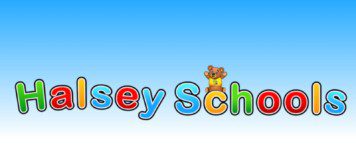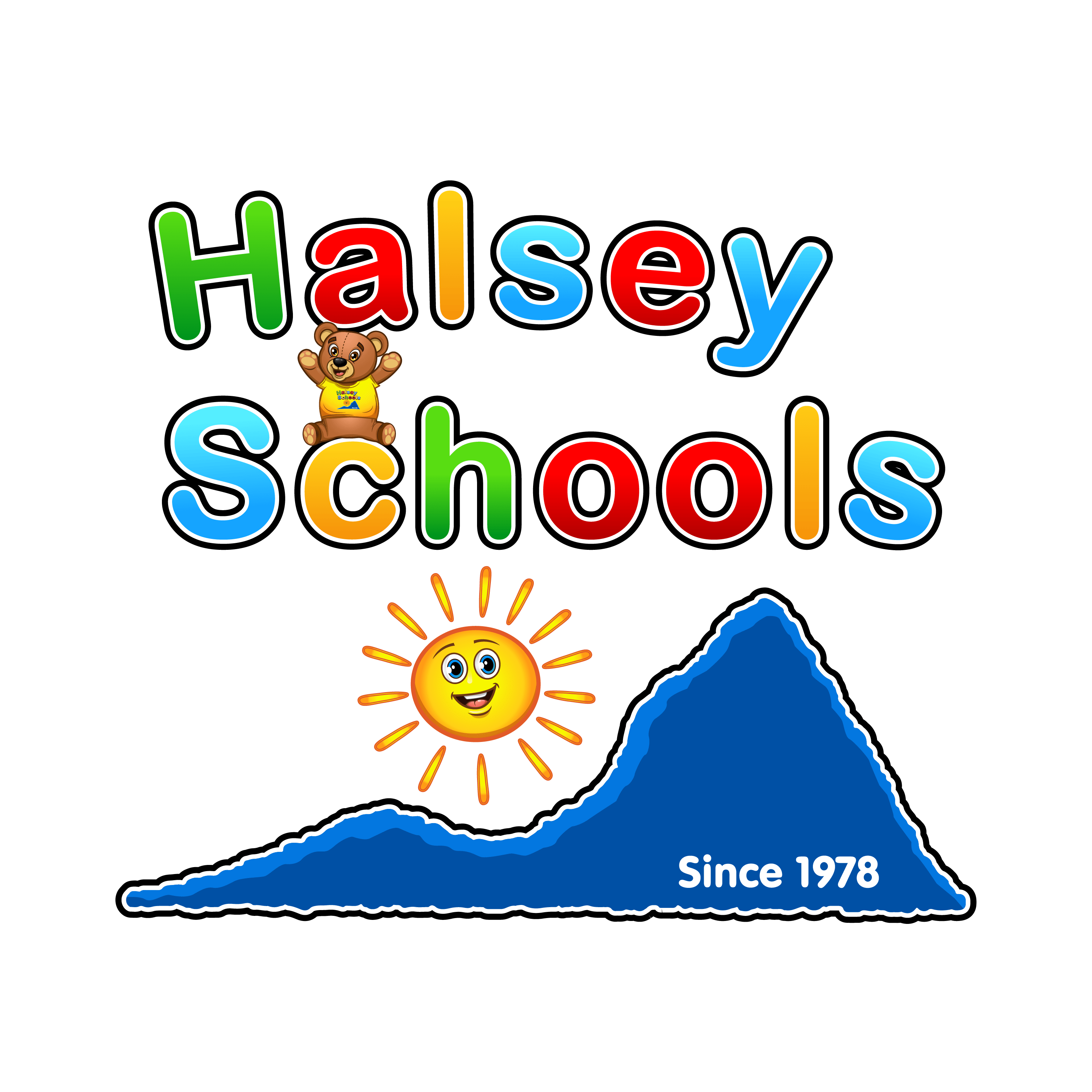What’s an open-ended question?
Questions that have more than one right answer, or ones than can be answered in many ways, are called open‐ended or divergent questions. This way of asking questions stimulates more language use, acknowledges that there can be many solutions to one problem, affirms children’s ideas, and encourages creative thinking.
Listening to your child’s answers is even more important than asking the open-ended questions
- Wait 5-10 seconds for your child to think and formulate responses.
- Allow your child to fully answer the question without interruption.
- Show that you are interested your child’s answers.
- Keep the conversation going until your child gives you clues to move on.
Six types of open-ended questions we ask at school.
You should try them out at home too.
Open-ended Knowledge Questions
- What happened when…?
- What happened before/after…?
- What did it look/feel/sound/taste/smell like?
- What do you remember from…?
- Describe what you know about…
- Tell me about your…
- Name all of your favorite _____.
- What did you use to make it?
- List everything you think you might find in…
- Describe to me _____ (block structure, etc.) and how you made it.
Open-ended Comprehension Questions
- Why do you think…?
- Which one do you have more/less of?
- How can you tell the difference between _______ and ______?
- Can you give me an example of ______?
- How do you know that…?
- What happened first, second, third, etc.?
- Tell me what happened…
- How could you say that differently?
- Name some… (shapes, animals, vegetables, etc.).
Open-ended Application Questions
- Tell me about a time when…
- Tell me how you would make/build…
- What does this make you think of?
- What do you think will happen next?
- How can we organize these?
- How can we/you find out?
- Show me what you could do with it.
- How can we solve this problem?
- What do you think will happen if…?
- How else would/could you…?
Open-ended Analysis questions
- Why is this important?
- In what ways are these different/similar?
- What do you think will happen?
- How much/many _______ will we need to …?
- Is there anything that you would change? If so, why?
- Why do you think…?
- What comes next in the pattern of_______?
- What could we do differently next time?
- Did that ever happen to you? Tell me more about that.
Open-ended Evaluation Questions
- What other ideas do you have to add?
- What other ending to the story can you come up with?
- How will you organize______?
- What else could you do/use?
- How will you prepare for…?
- What could we have done instead?
- What’s one solution to the problem?
- How could you assemble these _______ to make _________?
- Tell me how you will… (draw your picture, make your city out of blocks, etc.)
Open-ended Creating Questions
- What changes would you make to…?
- How many ways can you…?
- Why did you choose… (those materials, that order, etc.)?
- How could we make the/this_____ (stronger, better, etc.)?
- How will you make a new… (design, pattern, etc.)?
- Why do you think it is important to…?
- Rank these______ according to ________.
- How are you planning to do that?
Now it’s time for you to start asking some questions! 🙂
Adapted from Preschool for All, San Francisco First Five (first5sf.org)
A Taxonomy for Learning, Teaching and Assessing:
A Revision of Bloom’s Taxonomy of Educational Outcomes:
Complete Edition by Anderson, L.W., & Krathwohl, D.R. (Eds.). (2009).
I hope you like this post. I love helping parents, teachers and children learn, grow and become better people! Everyday I'm delighted to spend my day in the place I love with the people I love. If you don't know me already, please read my Teacher Feature.
Latest posts by Jenni Rice - Owner & Director (see all)
- How To Make Pumpkin Pie Play-dough - September 14, 2024
- Happy Times September 2024 - August 25, 2024
- Ms. Riley - August 21, 2024




